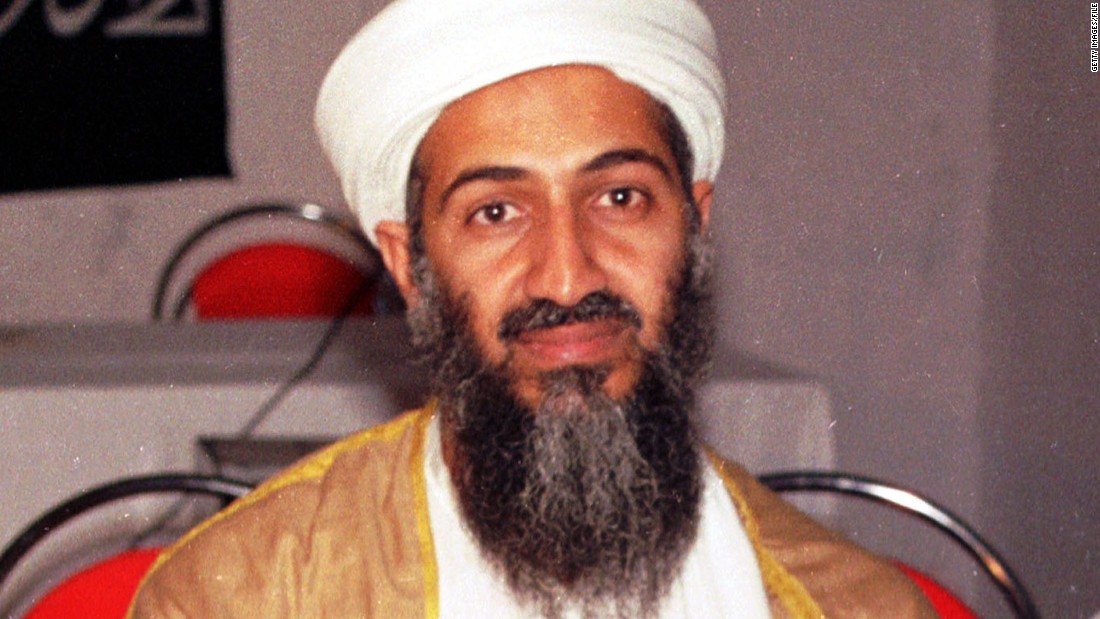A report has shown that Al Qaeda’s leaders were increasingly worried about spies in their midst.
A media review on Tuesday in Washington, showed that the drones in the air and secret tracking devices reporting their movements as the U.S.-led war against them.
It said a documents seized in the 2011 raid on Osama bin Laden’s Pakistani hideout and reviewed by Reuters revealed this.
An unidentified intelligence official said the cache of 113 documents, translated and declassified by U.S. intelligence agencies, is mostly dated between 2009 and 2011.
He said the documents, the second tranche from the raid to have been declassified since May 2015, depict an al Qaeda that was unwavering in its commitment to global jihad, but with its core leadership in Pakistan and Afghanistan under pressure on multiple fronts.
The officer explained that in one document, bin Laden issues instructions to al Qaeda members holding an Afghan hostage to be wary of possible tracking technology attached to the ransom payment.
He said bin Laden stated in a letter to an aide identified only as Shaykh Mahmud that “It is important to get rid of the suitcase in which the funds are delivered, due to the possibility of it having a tracking chip in it.”
He said this was in an apparent reference to armed U.S. drones patrolling the skies.
“bin Laden says his negotiators should not leave their rented house in the Pakistani city of Peshawar “except on a cloudy overcast day”.
“While the document is undated, the hostage, Afghan diplomat Abdul Khaliq Farahi, was held from September 2008 to late 2010,’’ he said.
Another senior U.S. intelligence officials authorised to discuss the materials in advance of their public release, said another, fragmentary document acknowledges that al Qaeda executed four would-be volunteers on suspicion of spying, only to discover they were probably innocent.
He said in a May 11, 2010 bin Laden in a letter to his then second-in-command, Atiyah Abd al Rahman, urged caution in arranging an interview with al Jazeera Journalis,t Ahmad Zaidan, asserting that the U.S. could be tracking his movements through devices implanted in his equipment, or by satellite.
bin Laden wrote “You must keep in mind the possibility, however, slight, that journalists can be under surveillance that neither we nor they can perceive, either on the ground or via satellite.”
The intelligence officer said even as al Qaeda came under growing pressure, bin Laden and his aides planned a media campaign to mark the 10th anniversary of the Sept. 11, 2001 attacks on New York and Washington.
He said the documents showed that they plotted diplomatic strategy and opined on climate change and the U.S. financial collapse.
He said on April 28, 2011, just four days before his death, bin Laden was editing a document he had written on the Arab Spring revolutions.
He said Al Qaeda’s leaders also urged further attacks on the U.S.
He said a letter, apparently written by bin Laden, to Nasir al-Wuhayshi, Head of al Qaeda’s Yemen branch, stressed that “We need to extend and develop our operations in America and not keep it limited to blowing up airplanes.”
One of the senior intelligence officials, speaking on condition of anonymity, noted that bin Laden was still sort of thinking in very kind of grand schemes, and still trying to reclaim that 9/11 ‘victory’.
The official said unfortunately he was “somewhat out of touch with the actual capabilities of his organization.”
He said the documents showed the strains of managing al Qaeda’s external networks, including identifying capable leaders and finding resources to fund operations abroad.
The officer said bin Laden, again wrote under the pseudonym Abu Abdallah, expressing alarm over his wife’s visit to a dentist while in Iran, worrying that a tracking chip could have been implanted with her dental filling.
He wrote “The size of the chip is about the length of a grain of wheat and the width of a fine piece of vermicelli.”
He said bin Laden’s letter ended with this instruction: “Please destroy this letter after reading it.” (dpa/NAN)

